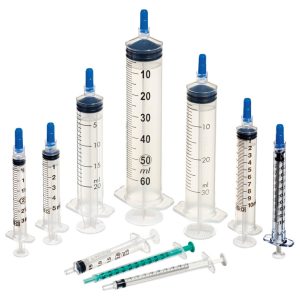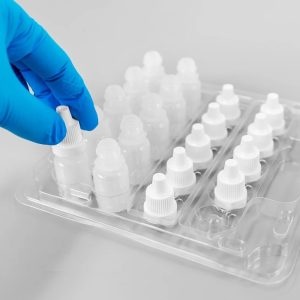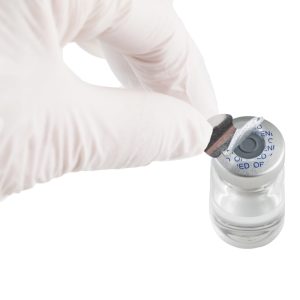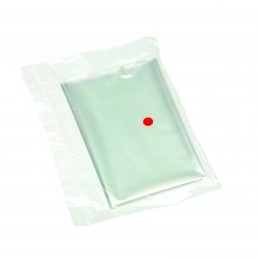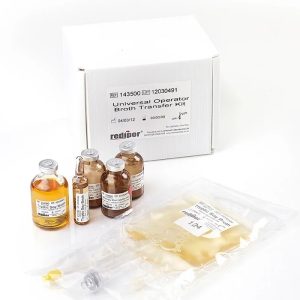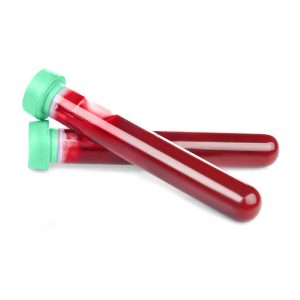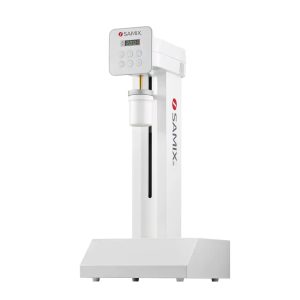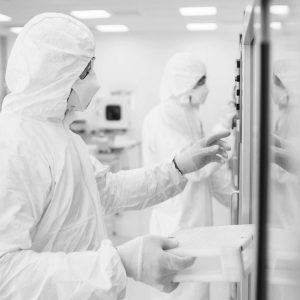Cell transfection consists of introducing ‘foreign’ nucleic acids, such as plasmids or siRNAs, into a cell to either overexpress or to silence a gene of interest, respectively. Transfection allows for the functional evaluation of the expression of specific genes in a variety of cellular contexts. Depending on the type of nucleic acid, as well as the cell type, a number of different transfection protocols can be used. The three main methods of transfection are chemical (cationic lipids), physical (electroporation), and biological (viral transduction). The newly introduced nucleic acids can exist either transiently, whereby the gene is only expressed for a limited period of time and does not replicate, or stably, whereby the gene integrates into the genome of the recipient cell. After cell transfection, a key factor in the stable incorporation of a gene into the genome is the maintenance of selection pressure in cell culture using an appropriate selective antibiotic.
Product Examples:
-A proprietary cationic lipid-based transfection reagent belonging to a family of phosphonolipids.
-A nucleic acid transfection enhancer for boosting both transient and stable transfection efficiencies.
-Highly pure and endotoxin-free selective antibiotics

Stay informed about the products and services our experts have chosen for you to improve your working. We send newsletters every one or two months.

Healthcare Village
Kuortaneenkatu 2
00510 Helsinki Finland
You are currently viewing a placeholder content from Google Maps. To access the actual content, click the button below. Please note that doing so will share data with third-party providers.
More Information